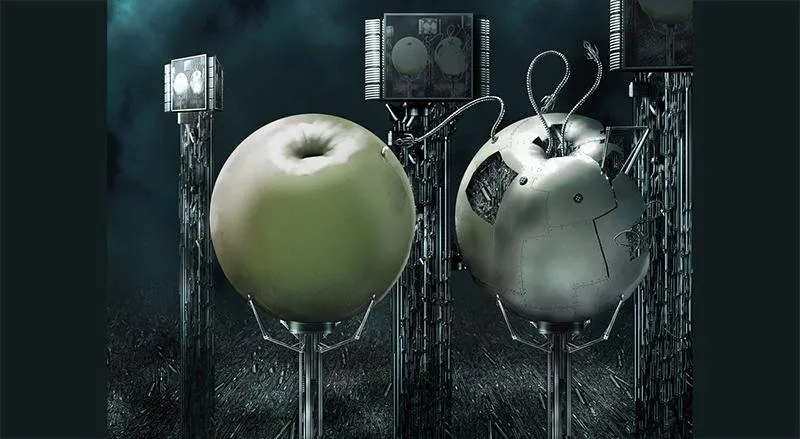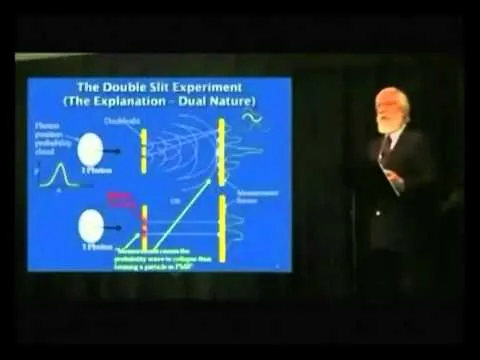

Since my childhood, I thought about the fact that each person can see the world differently.
I remember I was 7-8 years old, I woke up in the morning, and lay on my back, looking at the ceiling. The ceiling in the room was of a light turquoise color. I closed one eye to scratch it, continuing to look at the ceiling with another eye. And I noticed some change in the colors of the room. I opened both eyes and the room became familiar again. I closed one eye again, and I was surprised to see that the colors in the room was getting colder. Then I closed this eye, and looked at the ceiling with another eye. The lighting in the room became warm. I looked at the ceiling in turn with the left and right eye, and was shocked by the difference. The ceiling changed its color from almost blue to almost green. And only with two eyes the ceiling was of usual color - turquoise.


I asked to check it my parents and some of my friends, and it turned out that this is a common phenomenon.
I thought: what if a person would born with only one eye? His color perception would be different from two-eyed people, while no one will know that he sees everything differently. He will be taught to call the colors correctly. What if we all perceive colors differently and we just call it the same as we were taught?
People did not understand me when I spoke about the possible difference in perception of colors. They argued with me that the orange for everyone is orange and the sky is blue and there can be no mistakes, unless the person is achromate. It seemed that no one could understand me, that I spoke about the individual perception of color by each person. And the impossibility to check how exactly each of us sees colors.
Today we know that the perception of color shades can differ. You can take this online test to check your perception of color shades (non calibrated monitor can affect the result):
Today we know that the brain receives signals from the organs of perception, then decodes them and creates its own visualization of the external world on the basis of the signals received.
I suppose that the visualization in the mind of one person can be different from visualization in the mind of another person. Two people can look at the sky and agree that it is blue. Although one will visualize it, for example, orange, and the other - green. But confusion does not occur, because we use symbols to name objects and phenomena. The child is told that the sky is blue. And everything that has a color of the sky is blue. And the child will correctly call the blue objects, although in his head he could see the blue color pink, for example.


Several years passed before I met a person who also spoke about difference in perception. I was so happy to be understood! And many years passed before I developed my idea of a difference in perception wider, extending it to all senses.
Actually, we don't know exactly the way the interpretation of the signals in every single brain looks like. Some people do not tolerate some smells, while other people calmly treat it. Many people do not tolerate some sounds, like the sound of foam plastic. And others tolerate it without any discomfort.
And what if the picture of the world inside each head differs impressively from the others? We do not check how many leaves we see on the same tree. We do not check whether the amount of grass we see on the lawn matches the amount of grass seen by our neighbor.
To be honest, we do not know anything at all about the observable and perceived world. We do not know how many feathers we see on the bird that is sitting on a tree with an unknown number of branches, leaves and insects on it.
We also do not know anything about ourselves! How many hair is on the head at the moment? How many eyelashes we have now? How many cells are in the body and what are they doing right now?
This is especially exciting from the point of view of quantum physics. Many people watched on YouTube videos about the double slit experiment. And many people heard the statement that the observer affects the result of the experiment. Not so long ago I watched a video where physicist Thomas Campbell talks about further research into this phenomenon. According to him, It turns out that it is not the observer who is important, but the availability of information:
If this is so, then we live in permanent superposition. Enormous part of the information about reality is inaccessible to us, despite the fact that we observe it with our own eyes. And even when observing, we can not be sure:
◊ Close your left eye and direct your right eye at the little diamond left of the line. Move your index finger along the line, away from the diamond. Keep staring at the diamond, but let your attention follow your finger. Try a couple of times (it is hard not to move your eye). Then you will observe a phenomenon: Your fingertip will disappear as you approach the right-hand margin—i.e., where the line ends. It reappears a couple of centimeters later. When you have found the point where your fingertip disappears, move your finger back and forth a few times to convince yourself that there really is a blind spot in your field of vision...
...But the existence of the blind spot is not the interesting thing. What is interesting is that we do not see it. In normal circumstances, we use two eyes, which are constantly in motion, so it is not so strange that we do not see a blind spot. But even when we use only one eye, we do not see the blind spot: The relevant area of the retina simply gets filled in by something reminiscent of the surroundings. We have to move a finger across a page of a book in order to notice it. If there is no finger but just the page, the gap in the picture gets filled up with page. In fact, it is not a blind spot at all. It is, as the psychologist Julian Jaynes puts it, a “non-spot.” Even if we have no information from that spot about what is going on, we do not experience a gap but merely experience a smoothing, an average of the immediate surroundings. We do not know that what we are seeing is a trick. What we are seeing has been cosmeticized.
("The User Illusion" Tor Nørretranders)

Our brain is capable of adding colors and details to the visualization of the perceived world. Is it possible to be sure that at least some information is available to us at 100%? I would not say so. And I believe that the whole world is in a superposition even when millions of observers are watching it. We look at the cosmeticized pictures in our heads created by our brain.
It sounds crazy, but for those who are familiar with the conception of Buddhist emptiness, there is nothing strange about this. An ancient wise philosophy of Buddhism turned out to be applicable to modern scientific research in the field of quantum physics.
Many people are skeptical about such trends in quantum physics, but it is obvious to me that these are the trends that lead humanity to development. Because it does not reject the wisdom of the past, but makes it more understandable and perhaps more usable.
Modern technologies allow us to study the world at a subatomic level. Nanotechnology can already make an insect creep in the right direction. And I believe that for such powerful possibilities that we already have, we need to have the necessary spiritual level, so that scientific achievements be used only for peaceful purposes.

Thank you for reading!
I hope you liked my post :)

All pictures used in this post is my art.
Sorry for my English :)
